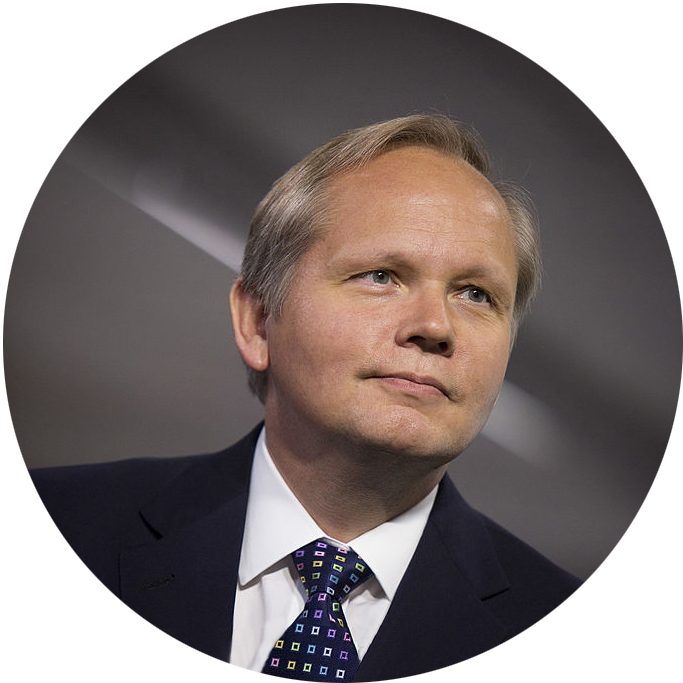Modern Consumer: New Opportunity for Luxury
For decades, there was a clear formula for success in the luxury goods business: Offer well-made products at premium prices through a limited distribution network and reinvest a substantial part of the profits back into the brand, boosting consumer brand awareness and value perception.
Over time, the combination of those two components drove consumer desire well above the product’s attractiveness and value. The brand logo and its name pushed consumer demand and brand loyalty was high.

That formula does not work quite as well these days. Younger luxury goods consumer have different tastes and expectations, thereby offering challenges but also new opportunities for established players. How and where a product is made is gaining importance, sometimes taking precedence over the brand name. Brand loyalty means much less to consumers today, opening the field for smaller and less well-known labels. Indeed, the cachet of owning a less dominant brand is an attraction for millennial consumers; many in this group do not seem to care for the aura cast by the omnipresent logos of the biggest names in fashion and luxury. In another twist, luxury experiences are gaining momentum compared to luxury products. In June, the World Travel Monitor reported that luxury travel has grown by 48 percent over the last five years, twice as fast as the overall travel industry. Some traditional luxury goods brands have opportunistically taken advantage of this trend by branding luxury hotels and resorts. More may follow. Then there is e-commerce, which will change not only how we shop for luxury, but which brands we buy, as consumer discover new and exciting concepts via the worldwide web.

Finally, we experience the arrival of technology into the luxury product world. The trend of technology reaching beyond function into style and expression will continue, and consumer will find existing as well as new companies storming through this new niche in the luxury category. In sum, the border between luxury and non-luxury is becoming increasingly blurred. This is in contrast to the not so distant past, when a luxury product was simply defined as one that was worth repairing. This simple definition is no longer true. Today, many consumer define and search for luxury every day, a quest that covers virtually all areas of their lives. The local grocer is under pressure from high-quality stores like Whole Foods; the Uber experience threatens the existence of the ordinary taxi. The list gets longer every day. The idea of using – of renting, if you will – luxury instead of owning it, creates an entirely new market, one we are only at the beginning to understand. What we do know is that it will dramatically change the world of luxury.

Jan-Patrick Schmitz President & CEO
About the author: Jan-Patrick Schmitz is the founder of Muirbury & Co. He is a thought leader in the consumer space with extensive experience in international brand management. He has been a guest lecturer at a number of universities including Harvard Business School, George Washington University, New York University and the Fashion Institute of Technology.
